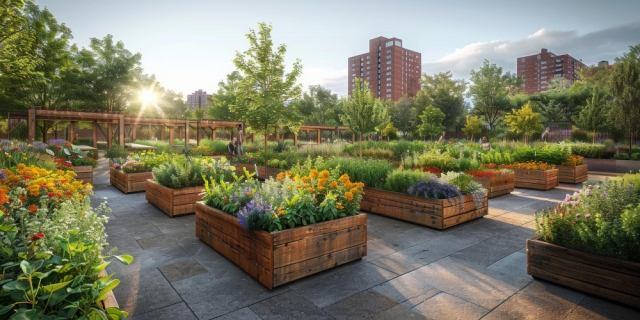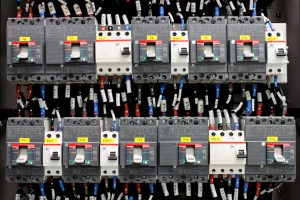Planning and implementing a large garden involves a range of logistical considerations, from site selection and layout to soil preparation, plant selection, irrigation, and maintenance. Whether you are creating a garden for personal enjoyment, a community space, or commercial purposes, careful planning is essential to ensure that the project is successful and sustainable. Here's a comprehensive guide to the logistics of large garden plans.
1. Site Selection and Analysis
The first step in planning a large garden is selecting the right site. Consider factors such as sunlight, soil quality, water availability, and access. The garden should ideally get a minimum of six hours of direct sunlight daily, as this is the amount most plants need to flourish. Conducting soil testing is essential to assess pH levels and nutrient content, which will guide you in making informed decisions about soil amendments and selecting the right plants. Additionally, evaluate the site's drainage capabilities to avoid waterlogging, which can harm plants.
2. Clearance and Preparation
Before any planting or construction can begin, the site must be cleared of existing vegetation, rocks, debris, and any structures that might interfere with the garden layout. This step is particularly important in large gardens, where remnants of old plants, weeds, or even small structures could impede the new garden's development. Consider skip hire Birmingham based to get an appropriate size skip for the amount of clearance you'll be doing. Depending on the condition of the site, you may need to employ machinery like bulldozers or excavators to clear large areas efficiently.
Clearing the site also involves removing invasive plant species and ensuring that any roots or seeds that could cause future problems are dealt with. This process can be labor-intensive, but it is crucial for creating a clean slate for your garden. After clearance, the area should be leveled as needed to create a stable foundation for planting and building garden structures.
3. Soil Preparation
Effective soil preparation is essential for the success of any garden, particularly a large one. Start by removing weeds, rocks, and debris from the area. Based on your soil test results, you may need to enhance soil structure and fertility by adding organic matter like compost. In some instances, adjusting the soil pH with lime or sulfur may also be necessary.
For large gardens, consider using machinery like a rototiller to break up and aerate the soil. However, be cautious not to over-till, as this can damage soil structure. If the garden area is prone to erosion, consider planting cover crops or installing terraces to protect the soil.
4. Plant Selection and Sourcing
Selecting the right plants is critical to garden planning. Consider the climate, soil type, and the amount of sunlight the garden receives when choosing plants. Native plants are often a good choice as they are well-adapted to the local environment and typically require less maintenance and water.
When planning a large garden, it's important to source plants in bulk, which can be more cost-effective. Establish relationships with local nurseries or consider growing some plants from seeds, which is a more economical option for large-scale planting. For trees and larger shrubs, plan for professional installation, as these require careful handling and planting to ensure they thrive.
Conclusion
The logistics of planning and maintaining a large garden are complex, but with careful consideration and strategic planning, it can be a rewarding and enjoyable endeavor. From site selection and design to soil preparation, plant sourcing, irrigation, and maintenance, each step plays a crucial role in the garden's success. By addressing these logistical challenges effectively, you can create a thriving garden that provides beauty, produce, and enjoyment for years to come.






